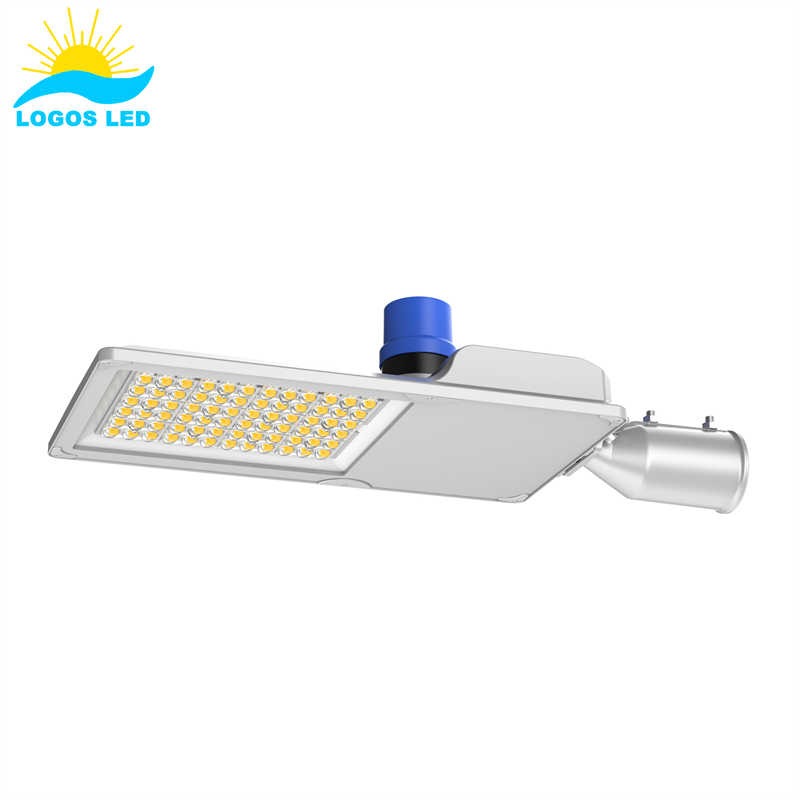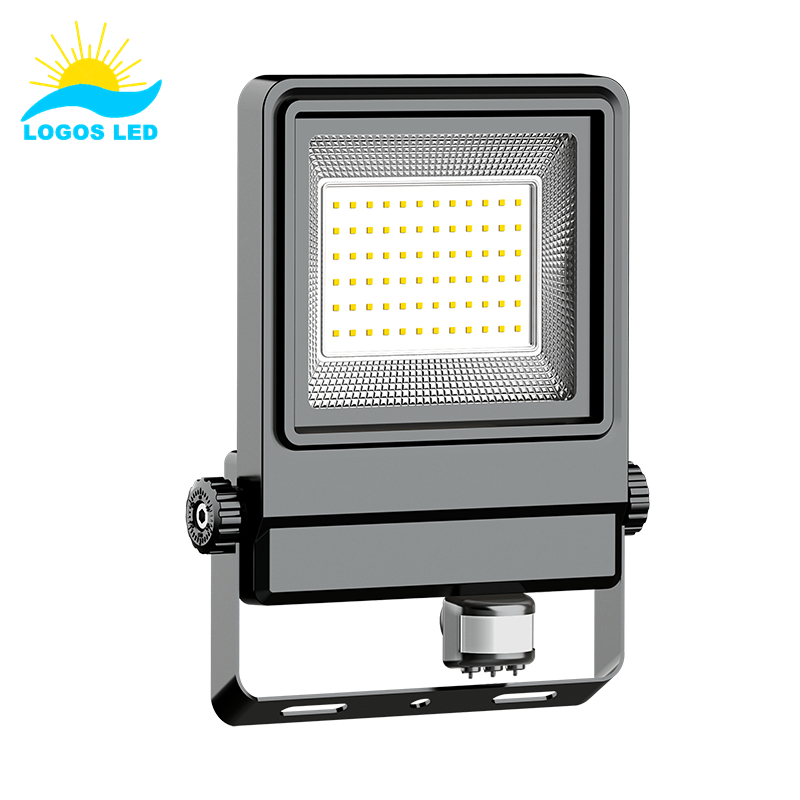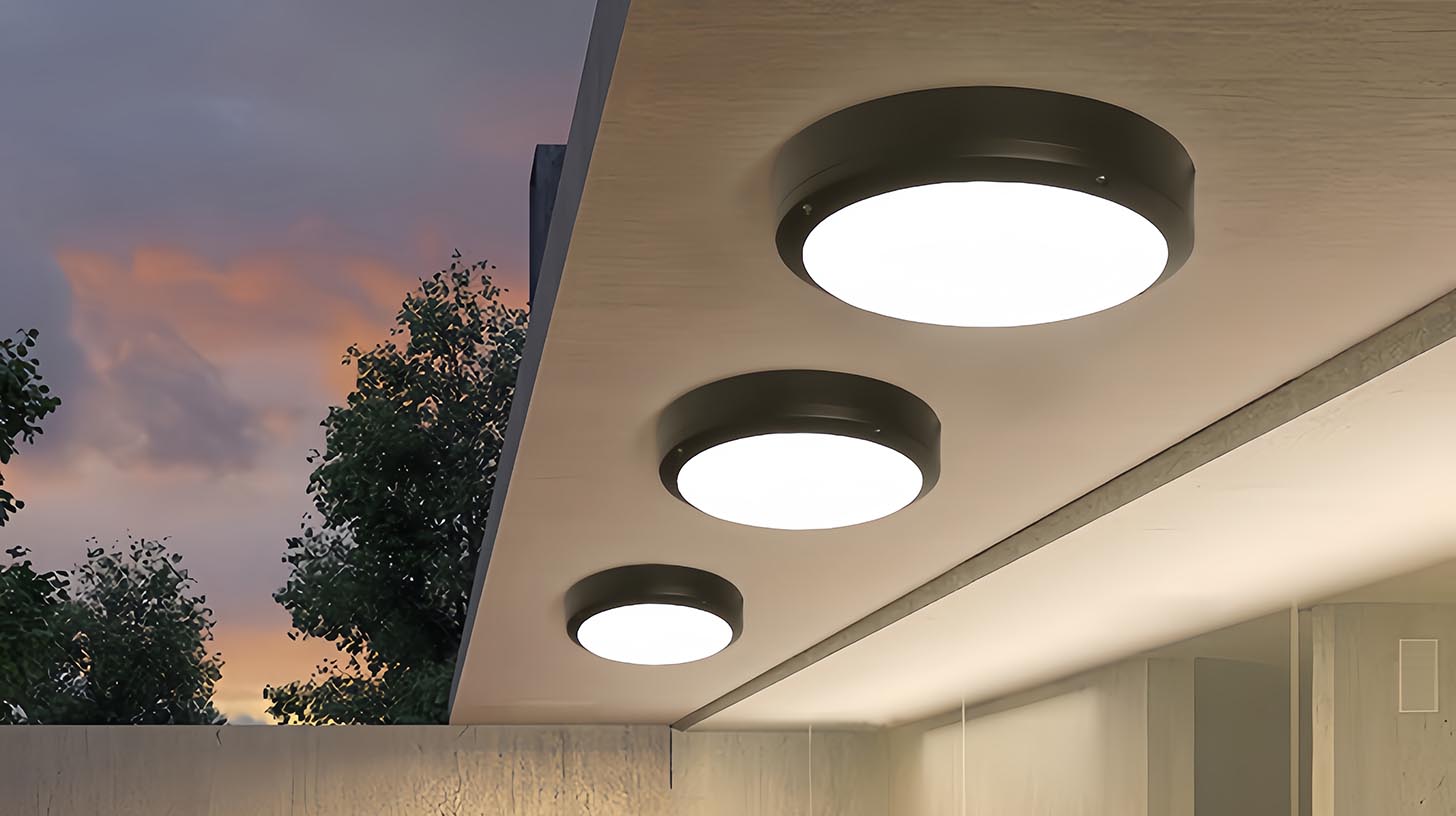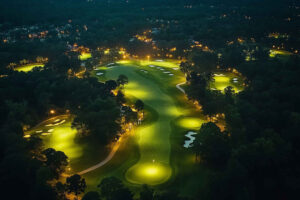Struggling with outdoor lighting that stays on all day, wasting energy and increasing bills? This inefficiency can be frustrating and costly. Fortunately, dusk to dawn and photocell sensors offer an effective solution to this problem.
Dusk to dawn sensors, also known as photocell sensors, automatically control LED lighting based on ambient light levels. They turn lights on at dusk and off at dawn, enhancing security and energy efficiency without manual intervention.
Curious about how these sensors can benefit your lighting setup? Let’s delve deeper.
Table of Contents
What Is the Dusk to Dawn Sensor?
A dusk to dawn sensor is a device designed to automatically control lighting based on the natural light levels in the environment. These sensors detect the amount of daylight present and switch the connected lights on at dusk and off at dawn. This automation ensures that outdoor areas remain illuminated during nighttime hours without manual intervention, enhancing security and convenience. By integrating a photocell dusk to dawn sensor into your lighting system, you can achieve consistent and reliable operation, reducing energy consumption and extending the lifespan of your LED fixtures.

How Does Dusk to Dawn Light Sensor Work?
A dusk to dawn light sensor is a smart device that automatically turns outdoor lights on at night and off during the day. It works using a built-in component called a photocell, which senses the amount of ambient light in the surrounding area.
During the daytime, the photocell detects sunlight or bright ambient light and keeps the light fixture turned off. As the sun sets and natural light fades, the sensor recognizes the drop in brightness. Once the light level falls below a certain threshold, the photocell activates the light, turning it on for nighttime illumination.
These sensors are designed to provide automatic control, so there’s no need for manual switching. This is especially helpful for areas like walkways, parking lots, driveways, or building exteriors where constant lighting control isn’t practical.
Some dusk to dawn sensors come with adjustable sensitivity settings, allowing you to fine-tune when the light turns on or off. This gives more control based on your environment, whether it’s under tree cover, near a reflective surface, or exposed to direct sunlight for part of the day.
Overall, dusk to dawn light sensors help save energy, improve safety, and provide hands-free convenience for outdoor lighting systems.

What Is the Difference Between Dusk to Dawn and Motion Sensor?
While both dusk to dawn sensors and motion sensors automate lighting control, they serve different purposes. Dusk to dawn sensors activate lights based on ambient light levels, ensuring illumination during nighttime hours. In contrast, motion sensors detect movement within a designated area and trigger the lights to turn on for a predetermined period. This means motion sensors provide lighting only when activity is detected, which can be ideal for security purposes. Understanding the distinction between these two types of sensors allows you to choose the appropriate solution for your specific lighting requirements.
Benefits of Using Dusk to Dawn Sensor Lights
Dusk to dawn sensor lights offer several practical advantages, making them a popular choice for outdoor lighting.
- Energy efficiency: These lights automatically turn on at dusk and off at dawn, meaning they only operate when needed. This reduces electricity usage and lowers utility bills without sacrificing visibility or safety.
-
Enhanced security: By lighting up areas during the night, dusk to dawn sensors help deter intruders and unwanted activity around your home, business, or property. A well-lit exterior is one of the simplest ways to improve outdoor security.
-
Hands-free convenience: There’s no need to remember to switch lights on or off. Once installed, the sensor handles everything automatically. This is especially useful for hard-to-reach fixtures or locations where switches are not easily accessible.
-
Extended fixture lifespan: Since the lights only run when necessary, the overall usage hours are reduced. This helps preserve the life of your LED floodlights, minimizing the frequency of replacements and maintenance.
-
Improved outdoor visibility: Consistent nighttime lighting improves visibility around driveways, walkways, building entrances, and other critical areas. This not only boosts safety but also adds to the overall appeal and functionality of outdoor spaces.
By using dusk to dawn sensor lights, you gain efficient lighting control with minimal effort, making your property safer, smarter, and more energy-conscious.

Applications of Photocell Sensors in Outdoor Lighting
Photocell sensors play a major role in outdoor lighting by providing automatic control based on natural light levels. They are used in a wide range of settings to improve safety, convenience, and energy efficiency.
- Street lighting: One of the most common applications is in public streetlights. Photocell sensors ensure that roads and walkways are automatically lit when it gets dark, improving nighttime visibility and reducing the need for manual operation.
-
Residential lighting: Homeowners use photocell sensors to control lights on porches, driveways, and gardens. These sensors automatically turn the lights on at dusk and off at dawn, adding both security and visual appeal to the home’s exterior.
-
Commercial and retail properties: Businesses often install photocell-controlled lighting in parking lots, building exteriors, and walkways. This not only provides better visibility for employees and customers at night but also deters potential security threats.
-
Landscape and architectural lighting: Photocells are commonly used in landscape lighting to highlight plants, pathways, fountains, or architectural features. When natural light fades, the lights turn on automatically, creating an attractive and welcoming environment without the need for manual control.
-
Industrial facilities: Large industrial areas and warehouses also benefit from photocell sensors. These help maintain proper lighting for safety during evening hours while minimizing unnecessary power usage during the day.
In all of these applications, photocell sensors help create smarter, more reliable outdoor lighting systems that adjust to the environment and reduce waste.

FAQs about Dusk to Dawn Sensor Lights
What does a photocell sensor do?
A photocell sensor detects the level of ambient light in its surroundings. It automatically controls electrical devices—most often lights—by turning them on when it’s dark and off when it’s bright, based on the amount of natural light present.
What is the difference between PIR and photocell?
PIR (Passive Infrared) sensors detect motion by sensing changes in infrared heat emitted by people or animals. Photocell sensors, in contrast, respond to changes in natural light. PIR triggers lights when movement is detected, while photocells activate lights based on light levels.
Where are photocell sensors used?
Photocell sensors are widely used in outdoor lighting, including streetlights, porch lights, garden lights, parking lot lights, and landscape lighting. Their automatic function makes them ideal for ensuring lights operate only when needed.
What is the difference between a sensor and a photocell?
The term “sensor” is broad and refers to any device that detects environmental changes. A photocell is a specific type of sensor designed to detect light levels and control devices like lights accordingly.
What are photocells used to detect?
Photocells are used to detect whether it’s light or dark in a given area. This allows lighting systems to respond automatically, turning on at dusk and off at dawn to save energy and improve convenience.
Is a photocell a switch?
Yes, a photocell functions as a light-sensitive switch. It opens or closes an electrical circuit based on the surrounding light conditions, controlling when lights turn on or off.
What is PIR in solar lights?
PIR in solar lights stands for Passive Infrared sensor. It detects motion in the area and turns on the light when movement is sensed. This is useful for security and energy-saving applications where lights are only needed when someone is present.
What is the difference between a photo sensor and a motion sensor?
A photo sensor detects light and controls devices based on brightness levels. A motion sensor detects movement, typically by picking up infrared heat changes, and triggers devices like lights or alarms when motion is detected.
How do you adjust a dusk to dawn sensor?
Most dusk to dawn sensors have adjustable sensitivity settings that let you control when the light turns on or off. Repositioning the sensor to avoid direct artificial light or adjusting the angle can also help ensure accurate operation.
How long do dusk to dawn lights last?
The lifespan of dusk to dawn lights depends on the type and quality of the product. LED models can last up to 50,000 hours or more, offering years of reliable, low-maintenance performance when installed and used correctly.

Conclusions
Incorporating dusk to dawn and photocell sensors into your LED lighting system enhances energy efficiency, security, and convenience. By understanding their operation and benefits, you can make informed decisions to optimize your outdoor lighting solutions. If you have further questions or need assistance, feel free to contact us.





